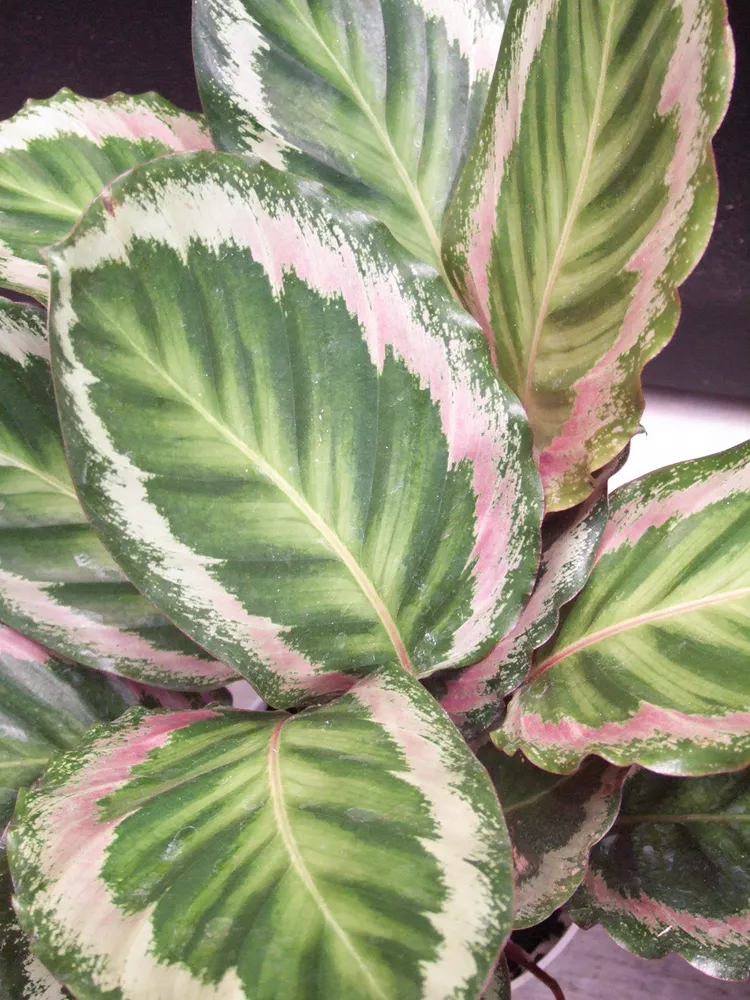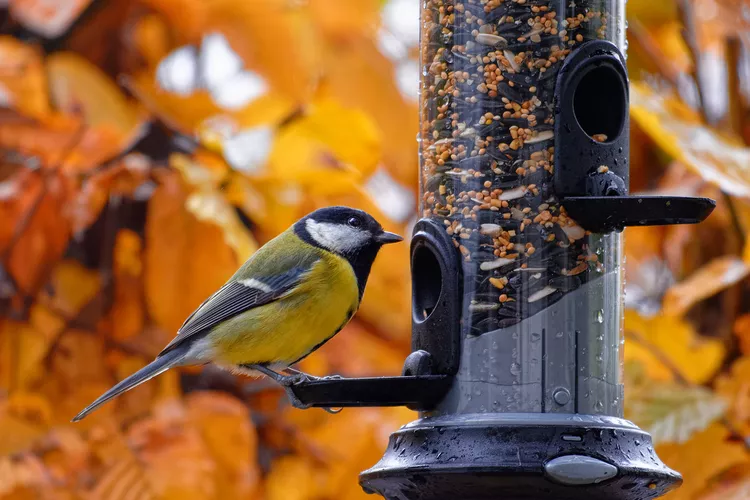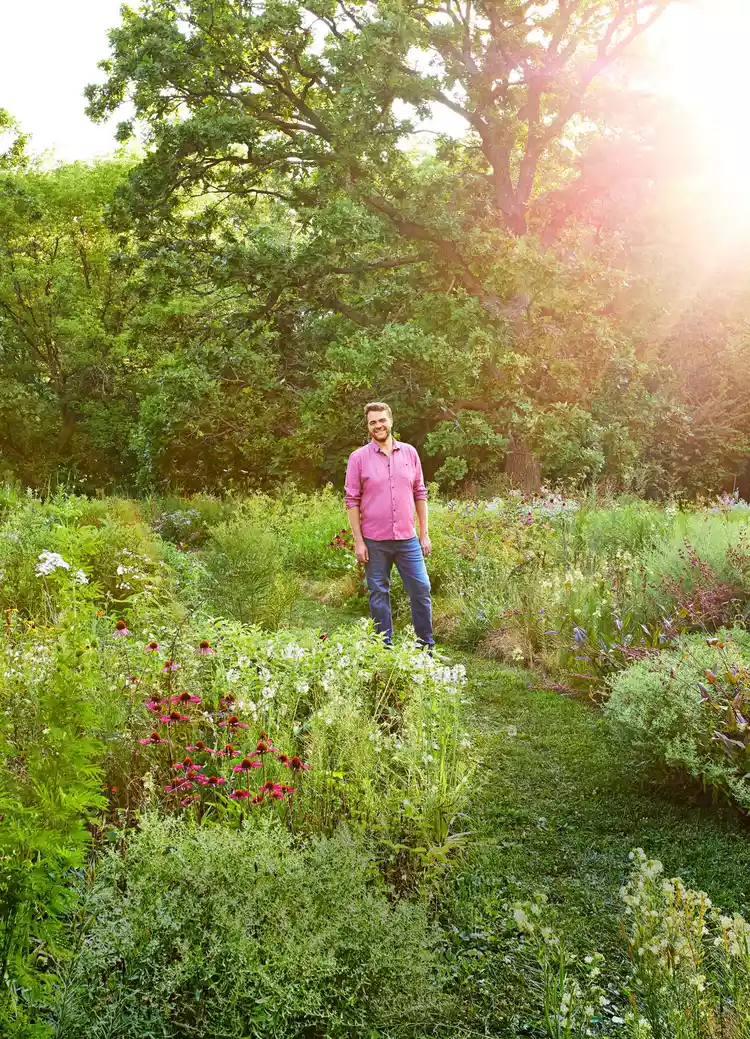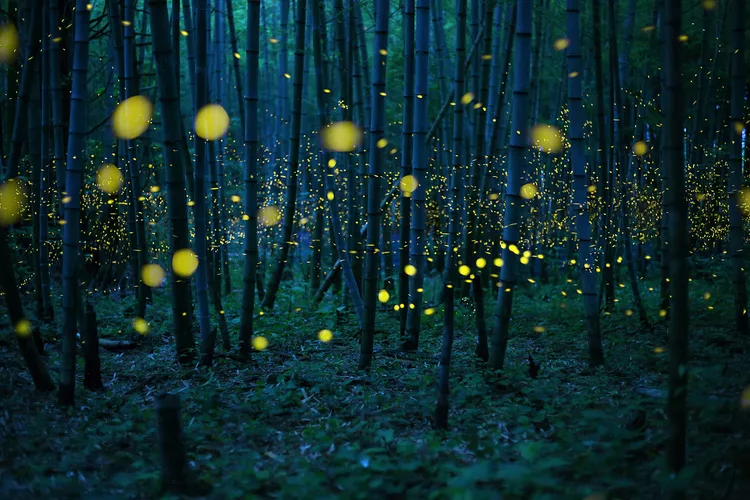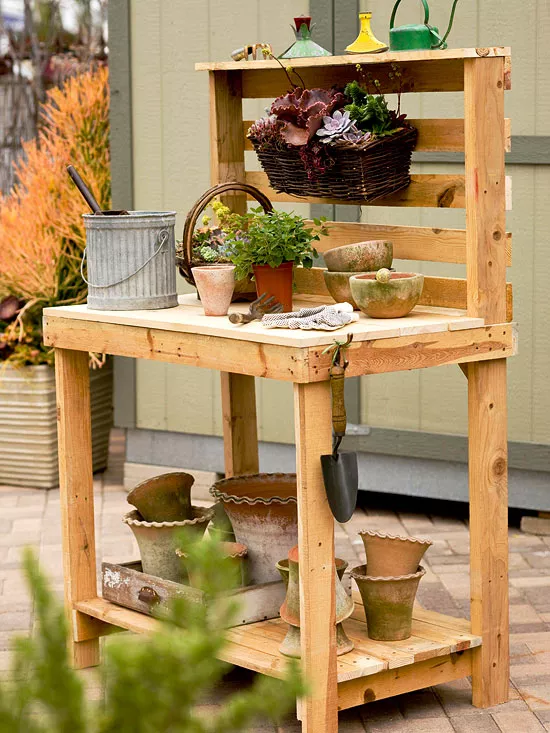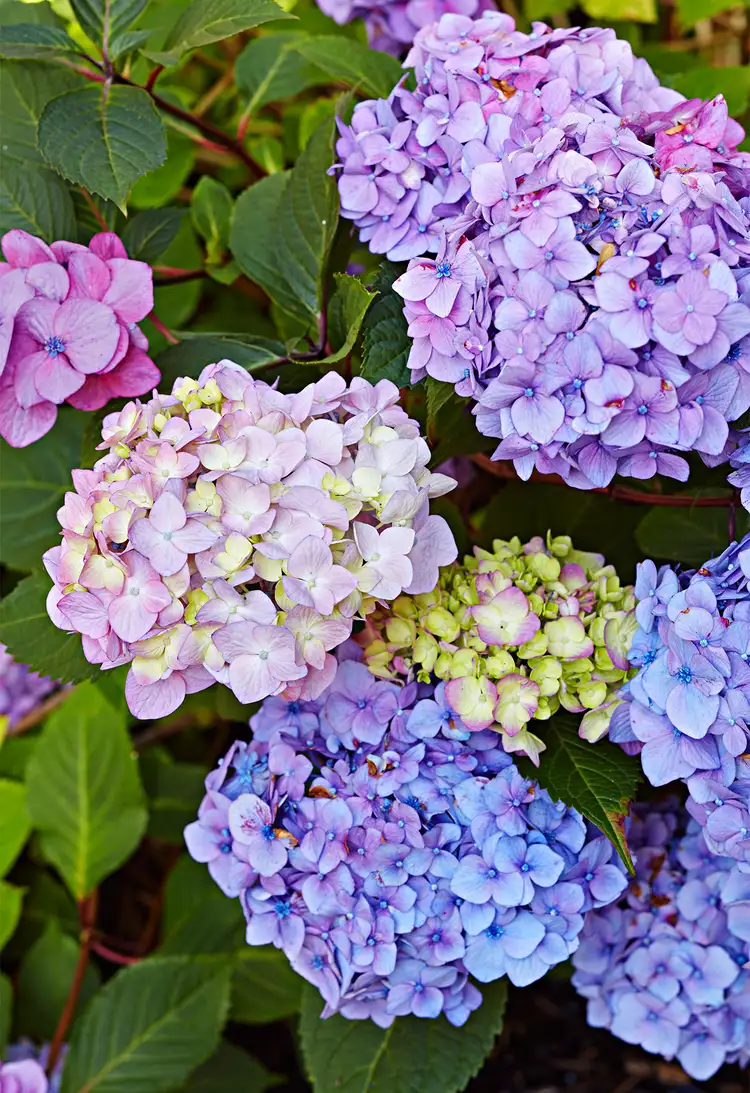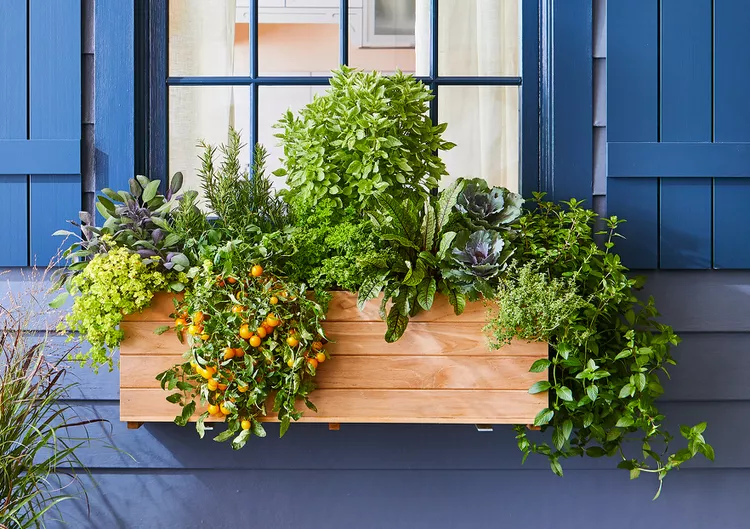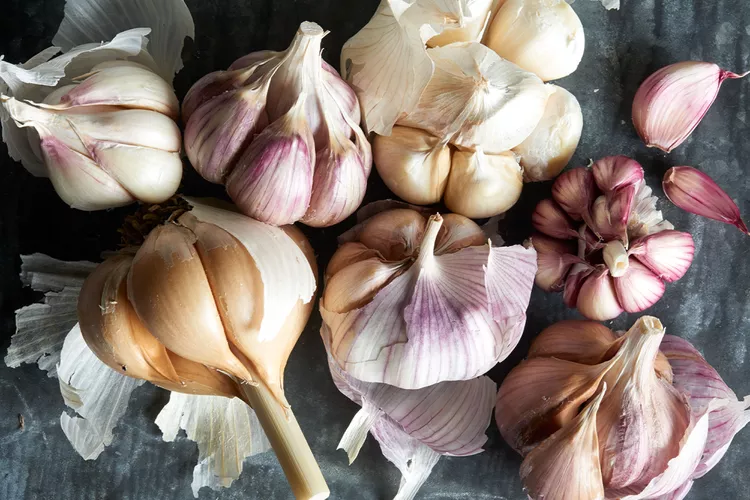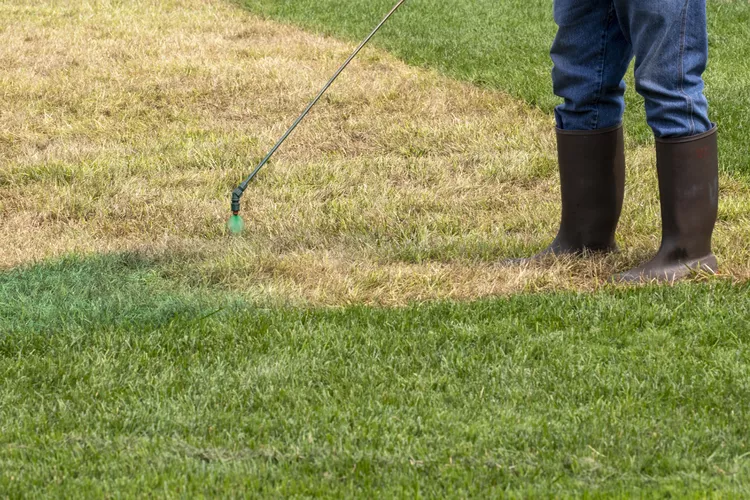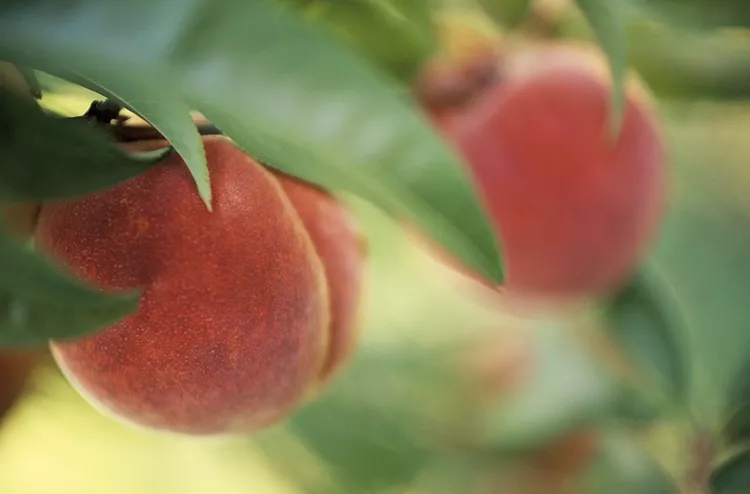There's a lot more to our plants than many of us realize. Here are 30 interesting facts about plants you may not have known—until today, of course. But don't stop here—secrets are lurking everywhere in our gardens, yours to discover when you know what to look for.
1. Torenia, a shade-loving annual, is called the wishbone flower. Look for tiny wishbone-shaped stamens inside the purple, blue, or burgundy petals.
2. The world's tallest living tree is the coast redwood (Sequoia sempervirens), which grows along the Pacific Coast of the United States, mainly in California. Interestingly enough, it's not the world's oldest growing tree; that award goes to a bristlecone pine (Pinus aristata).
3. Bamboo is the fastest-growing woody plant in the world. It can grow up to 35 inches in a single day.
4. Tomato juice is the official state beverage of Ohio, honoring the part A. W. Livingston of Reynoldsburg, Ohio, played in popularizing the tomato in the late 1800s.
5. Archaeologists have uncovered evidence that about 8,000 years ago, grapes were grown to make wine in the Caucasus (present-day Georgia). The ancient Egyptians were the first to record the process of making herbal wine about 5,000 years ago.
6. During the 1600s in Holland, tulips were so valuable that their bulbs were worth more than gold. The craze was called tulip mania, or tulipomania, and caused the crash of the Dutch economy. Fun fact about plants: Tulips can continue to grow as much as an inch per day after being cut.
7. Vanilla flavoring comes from the pod of an orchid, Vanilla planifolia. Though the pods are called vanilla beans, they're not actually in the legume family like green beans.
8. The word pineapple comes from European explorers who thought the fruit combined the look of a pinecone with flesh similar to an apple. Pineapples are the only edible members of the bromeliad family.
9. From a botanical standpoint, avocados and pumpkins are fruits, not vegetables, because they bear the plants' seeds. Rhubarb, on the other hand, is a vegetable.
10. Saffron, used as a flavoring in Mediterranean cooking, is harvested from the stigmas of a type of fall-blooming crocus, Crocus sativus.
11. Poinsettias, natives of Mexico, were brought to the United States in 1825 by the first U.S. minister to Mexico, Joel Poinsett, for whom the plant was named.
12. Small pockets of air inside cranberries cause them to bounce and float in water.
13. The flower of the titan arum (Amorphophallus titanium) is the largest unbranched flower in the world and can reach up to 15 feet tall. The bloom produces an odor similar to rotting meat, hence the common name 'corpse flower.' A similar odor comes from Rafflesia, another plant that hails from the rainforests of Sumatra. Both developed their scent to attract pollinating flies; they don't compete with other blooms for butterflies and hummingbirds.
14. All parts of the oleander (Nerium oleander), a beautiful flowering shrub native to the Mediterranean, are highly toxic. Other lovely plants are equally harmful, even lethal, to the unaware.
15. Iris means "rainbow" in Greek, and Iris was the goddess of the rainbow in Greek mythology. Wormwood (Artemisia) was named after the goddess Artemis, milkweed (Asclepias) after Asclepius, the Greek god of healing, and Hebe after Hebe, the Greek goddess of youth.
16. In France, May 1 is La Fete du Muguet, the festival of the lily-of-the-valley. The celebration includes giving bouquets of flowers to loved ones and wishing them health and happiness.
17. Angiosperm is the scientific name for flowering plants and refers to the seeds being borne in capsules or fruits. Nonflowering plants— pines, spruces, firs, junipers, larches, cycads, and ginkgoes—are called gymnosperms.
18. Snapdragon flowers resemble a dragon, and if you squeeze the sides, the dragon's mouth will appear to open and close.
19. A sunflower looks like one large flower, but each head is composed of hundreds of tiny flowers—called florets—which ripen to become the seeds. This is the case for all plants in the sunflower family, including daisies, yarrow, goldenrod, asters, coreopsis, and bachelor's buttons.
20. The first potatoes were cultivated in Peru about 7,000 years ago.
21. Peaches, pears, apricots, quinces, strawberries, and apples are members of the rose family. So are ornamental species such as spirea, mountain ash, goatsbeard, and ninebark.
22. Cranberries, Concord grapes, and blueberries are three popular fruits native to North America.
23. The main difference between nectarines and peaches is that nectarines have smooth, not fuzzy, skins. You can graft peach branches onto a nectarine tree, or vice versa, so you have both types of fruits.
24. The average strawberry has 200 seeds. It's the only fruit that bears its seeds on the outside.
25. Sulfuric compounds are to blame for cut onions bringing tears to your eyes. According to the National Onion Association, chilling the onion and cutting the root end last reduces the problem.
26. Garlic mustard is a member of the mustard family, not garlic. This invasive herb outcompetes native plants in the Eastern and Midwestern United States, posing a threat to other native plants and the species that depend on them.
27. Ginkgo (Ginkgo biloba) is one of the oldest living tree species and dates back about 250 million years. Dawn redwood (Metasequoia glyptostroboides) is another ancient species; it dates back about 150 million years. Both were known in the fossil record before they were found alive.
28. Trees are the longest-living organisms on earth.
29. Peanuts are not nuts but legumes related to beans and lentils. They have more protein, niacin, folate, and phytosterols than any nut, according to the National Peanut Board.
30. The title for the world's hottest chili pepper remains contested. Bhut jolokia, or 'ghost pepper,' earned the Guinness World Records title in 2007 but has since been replaced by the painfully fiery Carolina Reaper.
More Interesting Facts About Plants
- Our Plant Personality Quiz Reveals What Your Plants Say About You
- 17 Drought-Tolerant Plants That Don't Need Water Very Often
- Does a Citronella Plant Really Repel Mosquitoes? Here's What Studies Say
- 5 Amaryllis Facts That Make This Flower Even More Captivating
- Succulent vs. Cacti: What's the Difference?

